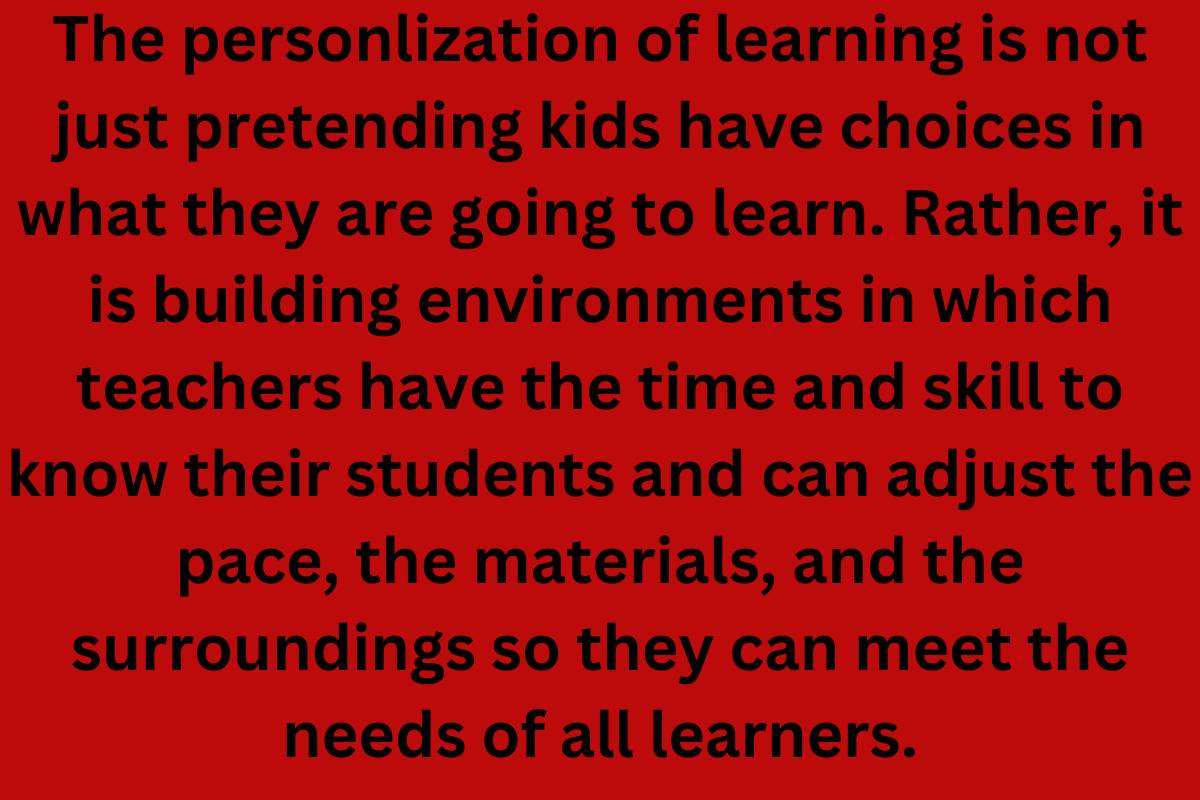No products in the cart.

The Misunderstood Ingredient in Modern Learning Environments
In the era of Modern Learning Environments and all the various rhetoric around what constitutes 21st Century Learning Environments, one key point seems to be lacking in the conversation. Money is heavily invested in making our learning environments look ‘modern’ (bright colours, lack of walls, access to alternative working spaces) and teachers are required to adapt to these environments and ‘move with the times’.
But for all the investment in these spaces, and the focus on responding to a new ‘type’ of learner, the key ingredient in any successful learning journey is under-funded, under-resourced, and under-supported to ensure this is money well spent.
The teachers operating in these environments find themselves being thrown into the new spaces facing the inevitable steep learning curve that comes with a significant veering ‘off course’ of traditional teaching pedagogies. Those funding the provision of these environments have a sort of ‘she’ll be right’ approach to supporting the teachers moving into these spaces, with many often expecting teachers to adapt quickly and respond promptly to the various challenges modern-learning provides.
Why is this? Why is there a fairly relaxed approach to ensuring teachers have the adequate knowledge and skills to teach in ways that enable modern learning environments to be responsive to 21st century learners? Perhaps because the pivotal role the teacher plays in this type of environment is so very misunderstood.
Teachers working in these environments, seeking to gain the outcomes modern learning approaches provide, are challenged beyond any previous trends in education to be highly creative, responsive and innovative with their learners. The teacher’s role in an MLE requires a high degree of skill and expertise if the learning outcomes are to demonstrate the success sought by those implementing these approaches.
So what are these skills and why are they so significant for our learners? Creativity is required now of teachers in ways previously unknown in the classroom. The creative teacher has always been a gem, a hidden sort of jewel amongst the profession. In a MLE, these teachers can excel in creating exciting and passionate opportunities for learning by their students. They can extend learning far beyond the monotony of the traditional classroom. But creativity takes time to blossom. It takes time to plan and grow. And in an age of extreme workload, the creativity of teachers, is limited to moments between assessments, reporting, planning and inquiring.
Creative teachers create creative classrooms. Creative teachers create creative students. 21st Century learning advocates cite creativity and innovation as leading ‘soft skills’ for our future workforce. School managers, educators and the wider education community acknowledge the importance creativity plays in a child’s learning journey. And yet, little time is allocated for both teacher and student to foster creativity in the already jam-packed school timetable. Teachers need to be able to move into the mind-space to become creative in their practice.
With any MLE, teachers need to move away from replicating the traditional classroom practices within a brightly coloured, open-spaced, jam-packed MLE, and be enabled to respond to this learning space with creativity, flair and innovation. Teachers need time to move into this creative space. Teachers need support to understand that teaching in this environment looks fundamentally different to the more traditional single-cell approaches many (if not most) have trained to work within.
The result of teachers feeling supported to understand their role in an MLE? The student outcomes sought by those promoting this modern learning approach. Teachers will come to understand how crucial their role is and feel they have the time to create the sort of learning opportunities available to students within these environments. They will move away from some of the practices inhibiting creativity in the classroom and model the kinds of thinking needed by the learners before them. They will see themselves as part of the learning journey, rather than the expert in the room. And the physical space will work to support all learners, rather than simply be another ‘pretty’ space with untapped potential.
Creativity is a key skill of any effective teacher. Within a modern learning environment, it plays a significant role in generating the soft-skills required of our modern learners. And yet, creativity is difficult to generate with the myriad of workload requirements faced by teachers presently. For modern-learning environments to be successful, it is the role of the teacher, not the physical space, that is the key ingredient to successful student outcomes.






Leave a Reply
You must be logged in to post a comment.